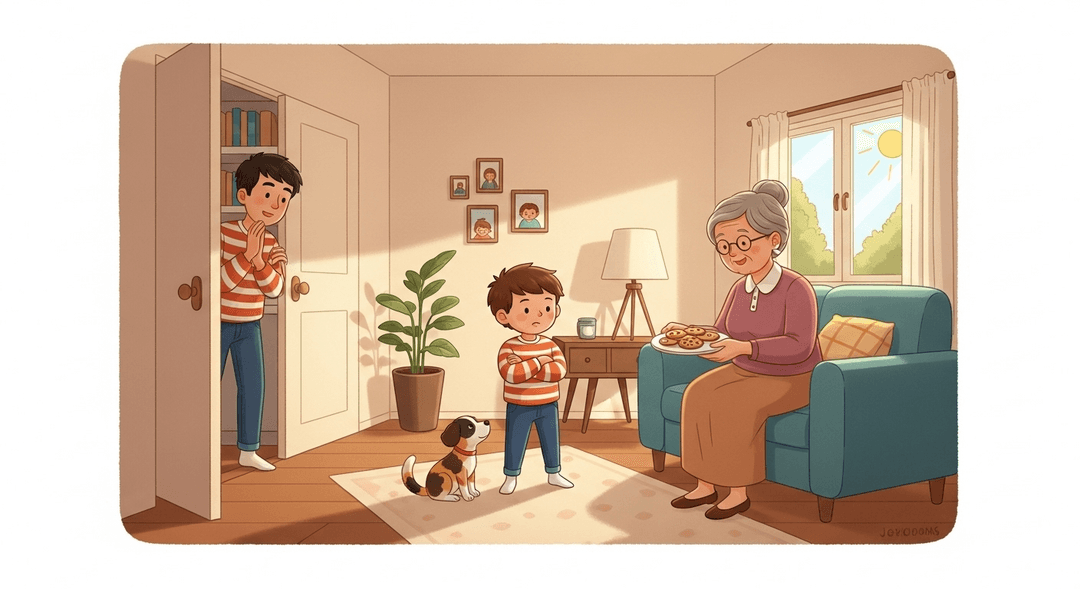Teach Them It's Okay to Say No
Ever watched your kid say 'no' to a well-meaning grandma and felt equal parts proud, mortified, and like you should probably hide in the pantry? Welcome to the magical, messy world of boundary setting! If you want your child to grow up with a backbone (and, okay, maybe a little sass), this is your jam. Spoiler: you might have to practice not caving when they say 'no' to broccoli… or pants.
Helping your child say 'no' builds their self-esteem, teaches them autonomy, and wires their brain for healthy social boundaries. Kids who can say 'no' are less likely to be pressured into things later (hello, peer pressure, we see you). For parents, it’s a crash course in respecting little humans as actual people, which—bonus—makes for more confident, resilient kids.
How to do it
-
Model respectful ways of saying "no" in your own life, even in challenging situations (for example, politely declining your boss's seventh Zoom call).
-
Give your child permission to say "no" in safe, low-stakes situations. Instead of commands like "Come here, now!", try offering choices such as "Do you want a hug?"
-
When your child says "no," stay calm and acknowledge their choice. This shows respect for their boundaries—even if it means you end up eating the last chicken nugget yourself.
-
Practice together by role-playing scenarios where saying "no" is appropriate, such as not wanting to share toys or declining to be tickled.
-
Remind relatives and friends that your child's "no" is not up for debate. Treat it as a clear boundary, not a starting point for negotiation.
Key Tips:
- Consistency is important—model the behavior you want to see.
- Use everyday moments as teaching opportunities.
- Support your child’s autonomy while guiding them on when and how to say "no" respectfully.
- Encourage open communication about boundaries with everyone in your child’s life.
